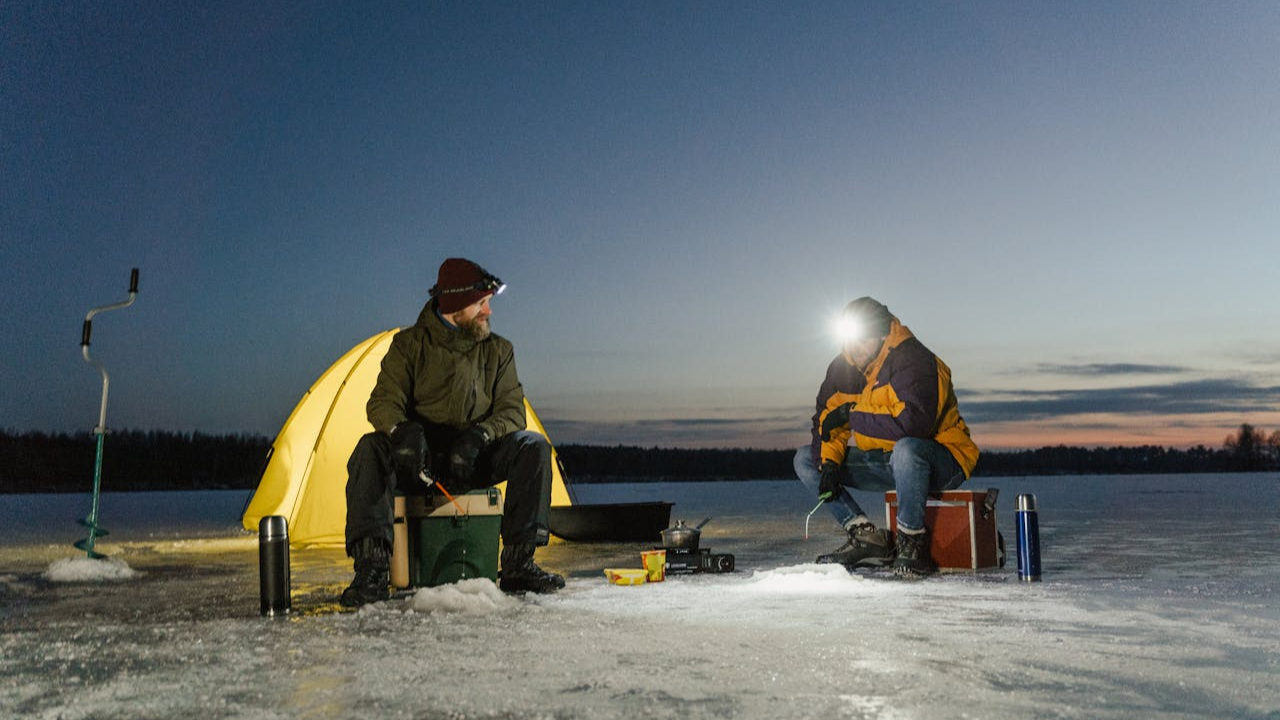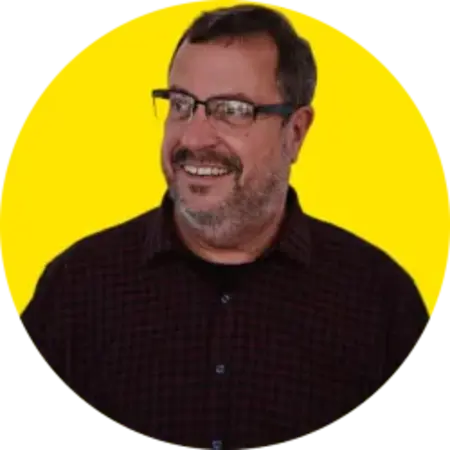How to Stay Warm and Comfortable While Winter Camping: An Expert Guide for 2025 and Beyond


Introduction: Why Winter Camping Is Worth the Chill
Winter camping offers a truly unique and exhilarating outdoor experience. While summer campsites are crowded with travelers and insects, winter unveils a serene wilderness few ever witness: snow-blanketed forests, quiet starry nights, and fresh, crisp air. Yet with these rewards come serious challenges, most notably, how to stay warm and comfortable when temperatures drop below freezing.
Whether you're a seasoned adventurer or new to the world of cold-weather camping, this comprehensive guide will show you exactly how to prepare, what gear to bring, and how to handle the most common obstacles. From selecting the right sleeping bag to maintaining body heat, each section is filled with practical advice and current best practices for winter camping in 2025 and beyond.
1. Choose the Right Cold-Weather Gear
Your comfort and safety start with proper winter camping gear. Inadequate or poorly chosen equipment can ruin your trip or worse, lead to hypothermia or frostbite.
Four-Season Tent
A four-season tent is essential for winter adventures. Unlike standard three-season tents, these are engineered to withstand strong winds, snow loads, and extreme temperatures. Look for features like:
- Sturdy aluminum poles
- Low-slung aerodynamic shape
- Reinforced guy lines
- Extra vents for moisture management
Insulated Sleeping Bag and Pad
Your sleeping system is arguably the most critical part of your winter kit.
- Sleeping bag rating: Choose a bag rated at least 10°F lower than the coldest temperatures expected.
- Down vs. synthetic: Down sleeping bags are lighter and more compressible but lose warmth when wet. Synthetic bags retain insulation when damp, making them ideal for wet snow regions.
- Sleeping pad: Use an insulated sleeping pad with a high R-value (5 or higher). Consider stacking a foam pad underneath an inflatable one to reduce ground heat loss.
Layered Clothing System
The key to thermal comfort in winter lies in layering:
- Base layer: Moisture-wicking fabric like merino wool or synthetic polyester to keep sweat off your skin.
- Mid-layer: Insulating fleece or down jacket to trap body heat.
- Outer layer: Waterproof, windproof shell to block the elements.
- Accessories: Wool socks, waterproof gloves, balaclavas, and insulated hats are essential. Always carry extra pairs in case of moisture exposure.
2. Plan Ahead for Safety and Efficiency
In cold environments, preparation is your first line of defense against discomfort or danger.
Check the Forecast
Always monitor weather reports leading up to your trip and during your stay using NOAA weather radios or a GPS device with forecasting capabilities. Cancel or postpone if dangerous storms or extreme lows are expected.
Notify Someone of Your Itinerary
Always let a friend or family member know your detailed itinerary and expected return. Remote winter camping sites can lack cell reception, so an emergency GPS beacon (e.g., Garmin inReach) can be a lifesaver.
Choose the Right Campsite
- Avoid low ground: Cold air settles in valleys set up camp slightly uphill.
- Sheltered areas: Pitch your tent near natural windbreaks like boulders or tree lines.
- Avoid hazard zones: Stay clear of avalanche-prone slopes, overhanging snow-covered branches, or frozen rivers.
Arrive Before Dark
Set up camp well before sundown to avoid pitching tents in the cold and dark. You'll have time to troubleshoot, gather firewood, and prepare food in a more controlled and safer environment.

3. Stay Warm at Night: Sleeping Strategies That Work
Nighttime cold can be intense. Here are expert tips for keeping warm while you sleep:
Eat a High-Calorie Meal Before Bed
Fuel your body with fats and complex carbs before sleeping. This ensures your metabolism continues producing heat through the night. Ideal meals include:
- Pasta with olive oil
- Nut butters and energy bars
- Cheese, trail mix, or freeze-dried meals with added oil
Use a Hot Water Bottle
Fill a leak-proof bottle with boiling water and place it in your sleeping bag 15 minutes before getting in. This trick adds noticeable warmth that lasts for hours.
Wear Dry, Light Bed Clothes
Change into a fresh, dry set of thermal base layers and warm socks before sleeping. Avoid sleeping in damp or sweaty clothing, as it accelerates heat loss.
Add a Sleeping Bag Liner
An insulated liner can add up to 15°F of warmth and also protects your sleeping bag from moisture and dirt, increasing its lifespan.
4. Master the Art of Staying Dry
Moisture is your worst enemy in the cold. Even slight dampness can sap body heat and chill you fast.
Manage Your Layers
Don’t wait until you're drenched in sweat to remove a layer. Practice “thermo-regulation” by adding or removing clothing based on your exertion level. Quick-dry base layers and vented jackets can help manage internal moisture.
Control Tent Condensation
Use double-wall tents and leave the vents open slightly, even when it's freezing. This minimizes moisture buildup that would otherwise freeze or drip inside your tent.
Keep Gear Dry
- Shake snow off gear before storing it in your tent or pack.
- Keep spare clothes in dry bags or plastic liners.
- Store wet items in a separate stuff sack to avoid contamination.
5. Fuel Your Body and Stay Hydrated
Food is fuel, and your body needs more of it when it’s cold.
High-Energy, Cold-Weather Food Tips
- Aim for 4,000 to 6,000 calories per day depending on activity level.
- Snack often: jerky, nuts, cheese, chocolate, and granola are ideal.
- Use freeze-dried meals that require only hot water for prep lightweight and fast.
Hydration Habits in the Cold
Cold air is dehydrating, and thirst decreases in cold conditions, so make conscious efforts to drink:
- Melt snow for water using your stove (boil to purify).
- Use insulated bottles or covers to prevent freezing.
- Drink warm fluids like herbal tea, electrolyte mixes, and broth throughout the day.
Avoid too much caffeine or alcohol, they promote dehydration and impair your body’s heat retention.
6. Keep Moving Without Overheating
Staying active keeps your core temperature up, but overexertion leads to sweat and that means rapid cooling.
Smart Movement Tactics
- Do light cardio: jumping jacks, brisk walks, or snowshoeing.
- Avoid sitting for long stretches without insulating yourself from the cold ground.
- Take breaks inside a shelter or wind-protected zone to regulate your body temperature.
Care for Extremities
Hands, feet, ears, and nose are highly susceptible to frostbite:
- Wiggle toes and fingers regularly.
- Use hand warmers and foot warmers as needed.
- Don’t wear overly tight socks they restrict circulation and reduce warmth.
7. Build and Manage a Fire Safely

Fire provides heat, a cooking method, and psychological comfort.
Fire-Building Essentials
- Carry multiple ignition sources: waterproof matches, lighters, and fire starters.
- Pack wax-coated cotton balls or commercial fire cubes; they light easily in snow.
- Build a raised fire platform using rocks or a layer of wood to keep the base dry.
Fire Management
- Maintain a safe fire perimeter, clear snow and debris.
- Never leave a fire unattended.
- Extinguish fully using water and snow before sleeping.
If conditions prevent a fire (due to regulations or wet wood), rely on stoves or chemical heat packs.
8. Adapt to Changing Conditions
Weather shifts fast in winter, especially in alpine areas.
Monitor and Adjust
- Stay alert for signs of worsening weather.
- Use a weather radio or satellite device for alerts.
- Adjust your travel itinerary if conditions worsen; retreating to safety is never failure.
9. Practice Leave No Trace Principles
Even in snow, responsible camping is crucial for the environment and future campers.
- Pack out all trash, including food scraps.
- Avoid damaging trees for firewood or shelter.
- Bury human waste in snow trenches far from water sources, or use a waste bag system if required.
10. Embrace the Magic of Winter Camping
Winter camping is not only about survival, it's about thriving in a magical season few truly experiences.
- The glow of sunrise on snow-covered peaks
- Hot cocoa under the stars
- The silence of an untouched forest after a snowfall
When properly prepared, you can focus less on staying warm and more on enjoying the experience.
Final Tips Before You Go
- Test your gear in your backyard or local park before heading deep into the wilderness.
- Always bring backup power or batteries; they drain faster in the cold.
- Use brightly colored gear or reflectors to stay visible in snowstorms or low-light conditions.
Stay Warm, Stay Smart, and Enjoy the Adventure
Winter camping requires extra planning, preparation, and gear, but the payoff is more than worth it. By layering effectively, staying dry, fueling your body, and practicing smart campsite management, you can stay warm and comfortable even in harsh winter conditions.
In today’s era of digital overload and overcrowded travel spots, winter camping gives you a rare gift: silence, solitude, and unfiltered nature. Use this guide to make every cold-weather trip a safe, comfortable, and unforgettable adventure.








